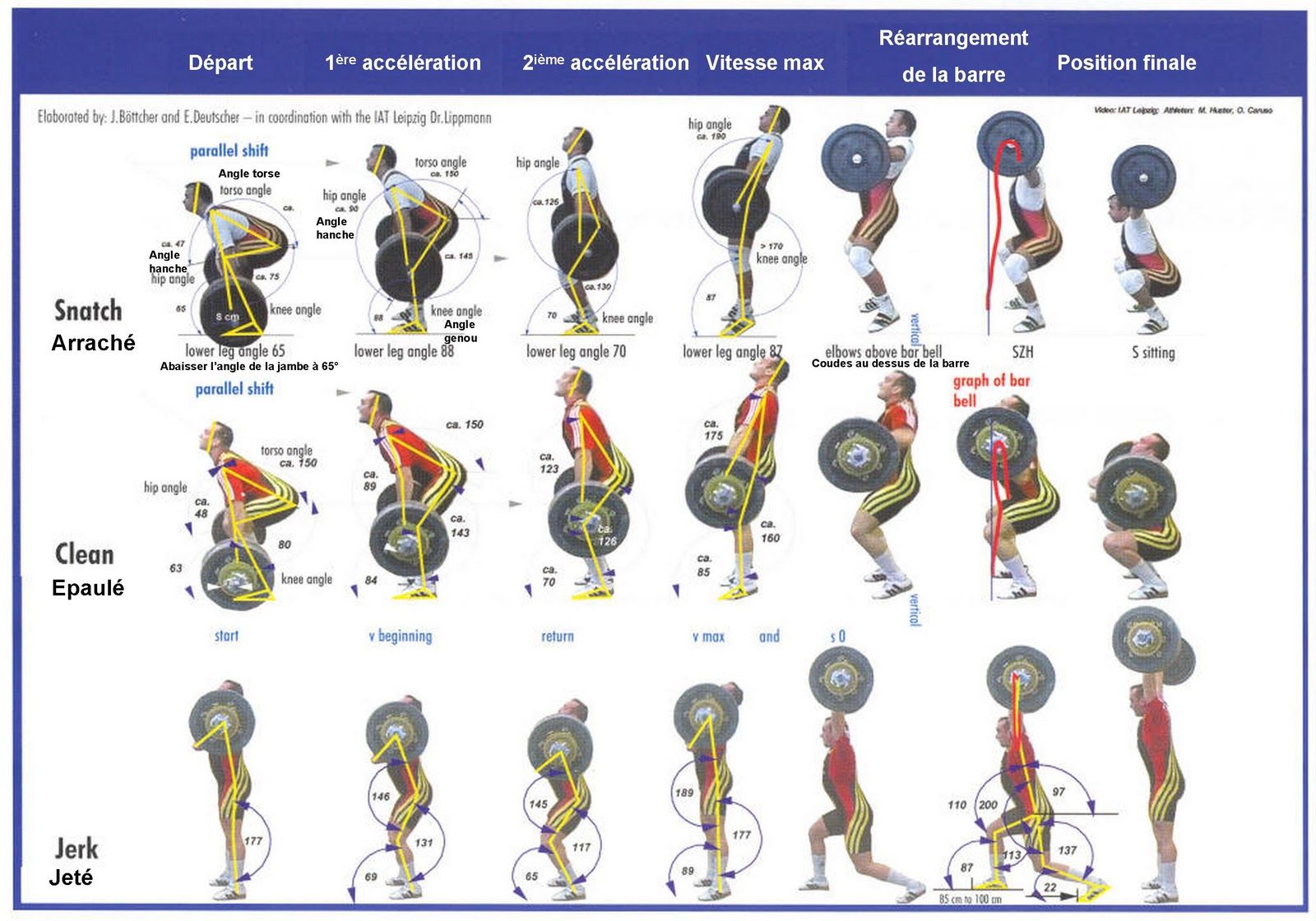
When it comes to weightlifting, there are two primary movements that often take the center stage: the snatch and the clean and jerk. These two exercises are often seen in weightlifting competitions and are considered as the pinnacle of strength, skill, and technique. While both exercises involve lifting a barbell, they differ in terms of movement patterns, muscles targeted, and overall objectives. In this article, we will dive deep into the differences between the snatch and clean and jerk, helping you gain a better understanding of each lift.
The Snatch
The snatch is a weightlifting exercise where the lifter starts with a barbell on the ground and lifts it overhead in one continuous motion. The lifter employs a wide grip and begins the movement by explosively extending the hips, knees, and ankles, resulting in a powerful triple extension. As the lifter reaches full extension, they pull themselves under the bar and catch it in an overhead squat position with locked-out arms. This movement requires remarkable coordination, timing, and flexibility.
From a technical standpoint, the snatch primarily targets the muscles of the lower body, including the quadriceps, glutes, hamstrings, and calves. Additionally, it heavily engages the upper back, abdominals, and shoulders to maintain stability and control throughout the lift. Due to the explosive nature of the snatch, it also has incredible benefits for developing power, speed, agility, and overall athleticism. Furthermore, because of the complexity of the movement, mastering the snatch can significantly improve body awareness and coordination.
The Clean and Jerk
The clean and jerk consists of two distinct movements that are combined into one seamless motion. The first part, known as the clean, involves lifting the barbell from the ground to the shoulders. The lifter starts in a similar position as the snatch but typically uses a narrower grip. With explosive force, the lifter extends the hips, knees, and ankles, propelling the barbell upward. As the barbell reaches its peak height, the lifter quickly drops under it, catching it on the shoulders in a squat position.
Once the clean is completed, the jerk follows. The lifter stands up with the barbell on their shoulders and then performs a powerful dip and drive motion with the legs, propelling the barbell overhead. As the lifter drives the barbell upward, they quickly drop into a split stance to catch the barbell with arms extended overhead. The clean and jerk requires exceptional strength, explosive power, and coordination to execute properly.
Compared to the snatch, the clean and jerk places a greater emphasis on the muscles of the legs, particularly the quadriceps, glutes, and hamstrings. Additionally, it heavily engages the traps, deltoids, triceps, and core muscles to stabilize the barbell during the jerk. The clean and jerk is considered the ultimate test of an Olympic weightlifter‘s strength and technique, as it combines both brute force and precision.
Conclusion
The snatch and clean and jerk are two iconic weightlifting exercises that showcase strength, power, and technical mastery. While the snatch focuses on explosive hip extension and flexibility to lift the barbell overhead, the clean and jerk emphasizes leg strength and coordination to propel the barbell from the ground to overhead. Both exercises provide unique benefits for athletes, ranging from increased power to improved athleticism.
All in all, whether your goal is to compete in weightlifting or to improve your overall physical fitness, it’s essential to understand the differences between these two exercises. Incorporating both the snatch and clean and jerk into your training routine can lead to significant improvements in strength, power, and overall body composition. So why not challenge yourself and add these exceptional movements to your workout program?

